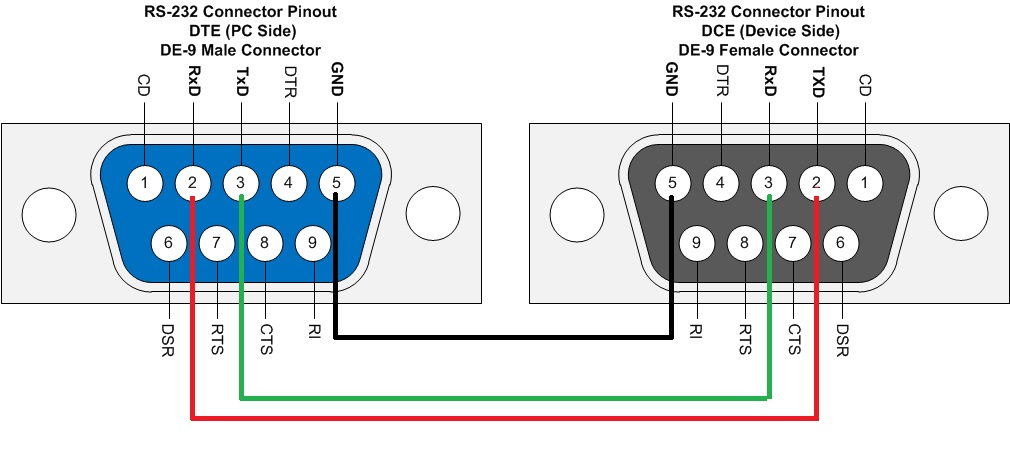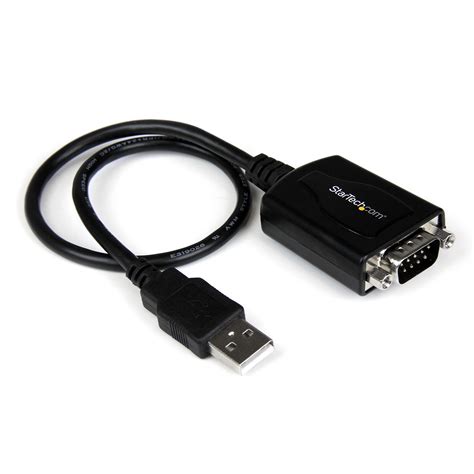RS-232: Serial Communication
This article introduces the hardware interface RS-232, which is serial communication.
Overview
In the early 1960s, a standards committee, today known as the Electronic Industries Association (EIA), developed a common interface standard for data communications equipment. At that time, data communications was thought to mean digital data exchange between a centrally located mainframe computer and a remote computer terminal, or possibly between two terminals without a computer involved. These devices were linked by telephone voice lines, and consequently required a modem at each end for signal translation. While simple in concept, the many opportunities for data error that occur when transmitting data through an analog channel require a relatively complex design. It was thought that a standard was needed first to ensure reliable communication, and second to enable the interconnection of equipment produced by different manufacturers, thereby fostering the benefits of mass production and competition. From these ideas, the RS-232 standard was born. It specified signal voltages, signal timing, signal function, a protocol for information exchange, and mechanical connectors.
Over the 40+ years since this standard was developed, the Electronic Industries Association (EIA) published three modifications, the most recent being the EIA232F standard introduced in 1997. Besides changing the name from RS232 to EIA232, some signal lines were renamed and various new ones were defined, including a shield conductor.
In telecommunications, RS-232 is a standard for serial communication transmission of data. It formally defines the signals connecting between a DTE (Data Terminal Equipment) such as a computer terminal, and a DCE (Data Circuit-terminating Equipment or Data Communication Equipment), such as a modem. The RS-232 standard is commonly used in computer serial ports. The standard defines the electrical characteristics and timing of signals, the meaning of signals, and the physical size and pinout of connectors. The current version of the standard is TIA-232-F Interface Between Data Terminal Equipment and Data Circuit-Terminating Equipment Employing Serial Binary Data Interchange, issued in 1997.
RS-232 Connectors

